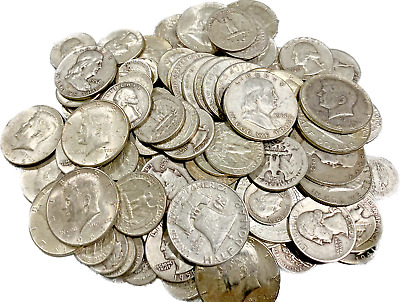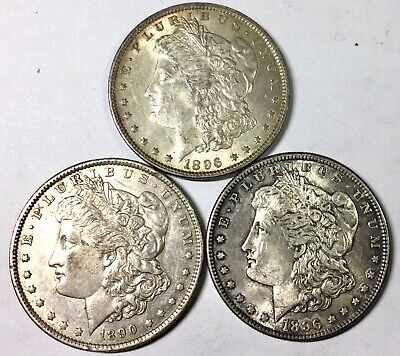Junk silver holds a unique place in the world of numismatics. It refers to coins with no numismatic value other than their silver content. These coins, usually pre-1965 U.S. dimes, quarters, and half dollars, are composed of 90% silver. However, despite being labeled as “junk,” the condition or grade of these coins affects their value significantly. This article delves into the intricacies of coin grading and how it influences the worth of junk silver.

What is Coin Grading?
Coin grading is the process of determining a coin’s condition or quality. It involves assessing various factors, including wear, luster, color, and strike. The primary objective is to establish a coin’s state of preservation, which helps determine its market value. Professional grading services use a standardized scale, typically the Sheldon Scale, which ranges from 1 to 70, to evaluate coins.
The Sheldon Scale
| Grade | Description |
|---|---|
| 1-3 | Poor (P) to About Good (AG) |
| 4-6 | Good (G) to Very Good (VG) |
| 7-11 | Fine (F) to Very Fine (VF) |
| 12-19 | Extremely Fine (EF/XF) |
| 20-39 | About Uncirculated (AU) |
| 40-58 | Uncirculated (UNC/MS) |
| 60-70 | Mint State (MS) or Proof (PF) |
The Role of Coin Grading in Junk Silver
While junk silver primarily derives its value from the silver content, its condition can influence its marketability and price. Here’s how:
- Wear and Tear: Coins with less wear retain more of their original design and thus may command a premium over more heavily circulated examples.
- Market Perception: Even in the junk silver market, collectors and investors may prefer coins that are in better condition, leading to higher demand and value for higher-grade specimens.
- Historical Significance: Some junk silver coins with historical significance or unique mintmarks may interest collectors, elevating their value beyond the silver content alone.
Importance of Professional Grading
Having junk silver coins professionally graded can help in accurately assessing their condition and, thus, their worth. Professional grading offers several advantages:
- Consistency: Professional graders use the same standards, ensuring consistent evaluations.
- Authentication: Professional grading services authenticate coins, assuring their legitimacy.
- Marketability: Professionally graded coins are often easier to sell, as buyers have confidence in their quality and authenticity.
Factors Influencing Junk Silver Value
Beyond grading, several other factors can affect the value of junk silver:
- Spot Price of Silver: The current market price of silver significantly impacts junk silver value. Price fluctuations directly affect coin worth because the intrinsic value is tied to silver content.
- Economic Conditions: Economic uncertainty often drives demand for precious metals, including silver, potentially increasing the value of junk silver.
- Supply and Demand: The availability of junk silver and the demand from collectors and investors influence its market price.
Conclusion
Understanding coin grading is essential for anyone involved in the junk silver market. While these coins are primarily valued for their silver content, their condition can significantly impact their market value. Professional grading provides a reliable assessment of a coin’s condition, enhancing its marketability and ensuring a fair price. As economic conditions and silver prices fluctuate, keeping abreast of these factors can help in making informed decisions in the junk silver market.
